Things You Can Find With A Metal Detector?
Metal detecting is a fascinating hobby that combines the excitement of treasure hunting with the serenity of being outdoors. Whether you're new to the activity or a seasoned detectorist, you're likely to be curious about the various types of objects you might discover buried beneath the surface. Based on user demand, the most searched and desired items found with a metal detector can be categorized into several distinct groups, each with its unique appeal and frequency among finds.

First and foremost, many enthusiasts are drawn to metal detecting in the hopes of uncovering historical artifacts. These items often carry immense historical and cultural value, providing a tangible connection to the past. Historical artifacts can range from ancient coins and military relics to everyday objects used by people centuries ago.
Coins are perhaps the most common finds for metal detectorists, and they hold a particular allure because of their age, rarity, and sometimes significant monetary value. Whether it's a rare Roman coin or an old penny from the early days of the United States, finding coins can be both financially rewarding and historically enlightening.
Another exciting category is jewelry. Rings, necklaces, bracelets, and other trinkets often find their way into the ground through loss or deliberate burial. The value of such items can be high, both in terms of monetary worth and sentimental value. Gold and silver items are especially prized, not only for their inherent value but also for their durability and luster.
Relics from wars and battles pique the interest of many detectorists. Items such as bullets, buttons, dog tags, and even pieces of old weaponry can provide a sobering yet fascinating glimpse into the conflicts that have shaped history. These finds are particularly prevalent in areas known for historical battles and military encampments.
The beach is a prime location for discovering lost valuables. Beachgoers often accidentally lose items like rings, watches, and coins in the sand, making beaches a hotspot for metal detector enthusiasts. The shifting sands and tides can reveal or conceal treasures on a daily basis, adding an element of unpredictability and excitement to the search.
Metal detectors are also useful in finding industrial and modern-day objects. While perhaps not as glamorous as finding ancient relics or gold jewelry, locating objects such as tools, machinery parts, and other metal debris can sometimes lead to fascinating stories or even solve local mysteries.
Another interesting facet is the discovery of buried caches. These are collections of valuable items that have been intentionally hidden. Although less common, the allure of finding a pirate's buried treasure or a secret stash from an earlier era is undeniably thrilling.
Furthermore, environmental enthusiasts appreciate metal detecting for its role in community clean-up. By removing metal garbage, detectorists help to reduce litter and potential hazards, making the environment safer and cleaner for everyone.
Lastly, there's a niche yet growing interest in finding meteorites. These space rocks, composed mostly of metal, can sometimes be located with a metal detector and are highly valued in both scientific and collector communities.
Understanding the wide array of items you can find with a metal detector opens up exciting possibilities and can guide your searches more effectively. When embarking on metal detecting adventures, it's crucial to understand the types of finds that are most prevalent and how to maximize your chances of uncovering something extraordinary. Here’s a more detailed look at each category:
1. Historical Artifacts
Discovering a historical artifact can be an exhilarating experience for any history enthusiast. These objects provide a direct link to the past and can range from tools and everyday items to elaborate decorations. The allure of uncovering an artifact lies in the story it tells and the window it provides into the lives of people who lived long ago. From ancient beads to cooking utensils, these items often hold not just historical but also cultural significance.
2. Coins
Coins are a metal detecting staple and are among the most exciting finds due to their potential age and value. They are relatively easy to find because they’re made of conductive metals and are relatively small. Detectorists might stumble upon coins from different periods and parts of the world, each with its own historical context. For example, finding a Roman or medieval coin is not only thrilling but also educational, enriching our understanding of ancient economies and trade practices.
3. Jewelry
The discovery of lost jewelry often sparks joy and wonder. Pieces of jewelry found with metal detectors range from modern-day lost items to ancient adornments. Gold and silver items are particularly sought after due to their monetary value and the craftsmanship often involved in their creation. Hip chains, medallions, and brooches are some common finds that can often hint at the lifestyle or status of their previous owners.
4. War Relics
War relics are poignant reminders of past conflicts and their impact on history. Items such as military buttons, dog tags, ammunition, and even weapon fragments can be found, especially in regions known for historical battles or military activity. Collecting such items connects detectorists with significant historical events and honors the memory of those who participated.
5. Beach Finds
Beaches are treasure troves for detectorists due to the high volume of visitors and the ease with which items get lost in the sand. Items commonly found on beaches include modern coins, watches, jewelry, and sunglasses. Beaches are ideal for detecting because the sand is relatively easy to dig through, and many metallic objects like jewelry are displaced and buried by waves and human activity.
6. Industrial and Modern-Day Objects
While finding modern-day objects might not always have the romantic allure of discovering ancient treasures, these finds can be practical or historically informative. Tools, parts of machinery, and other industrial debris often tell their own stories and sometimes reveal unexpected historical details about local industries and trades.
7. Buried Caches
The dream of many metal detectorists is to find a buried cache. History is replete with stories of pirates, outlaws, and regular folks hiding their valuables to keep them safe. While actual buried treasure chests may be few and far between, smaller caches of coins or valuables are discovered from time to time, offering the ultimate thrill of the hunt.
8. Environmental Clean-up
A more community-service-oriented aspect of metal detecting is its role in environmental clean-up. Removing metal debris from public spaces helps to keep areas safer and more enjoyable for everyone. This aspect of the hobby underscores a social benefit, contributing to environmental conservation efforts.
9. Meteorites
Finding meteorites is a lesser-known but increasingly popular pursuit among metal detectorists. These extraterrestrial rocks often contain valuable metals such as iron and nickel and can be highly prized by collectors and researchers alike. Their discovery provides a fascinating connection to space and can contribute to scientific knowledge.
In conclusion, metal detecting is a hobby with diverse possibilities, each offering its unique rewards and challenges. Whether you're drawn by the historical intrigue, the potential for valuable finds, or the community benefit, the spectrum of discoverable items is vast and varied. Understanding these categories and their characteristics will not only enhance your chances of making remarkable finds but also deepen your appreciation for the rich tapestry of stories lying just beneath the surface.




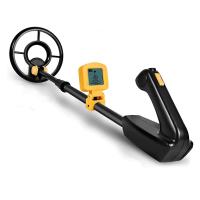
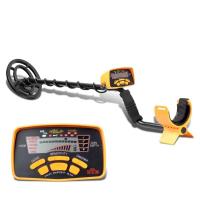
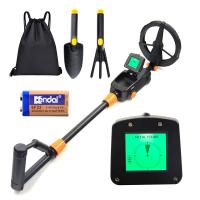

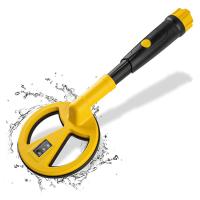


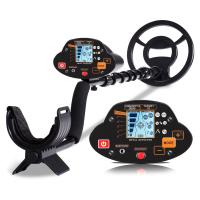










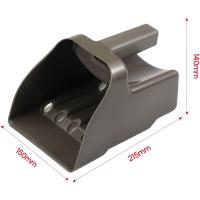
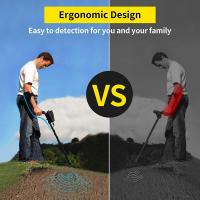
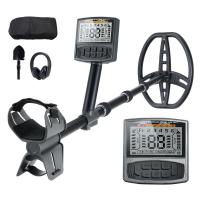
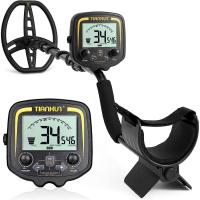



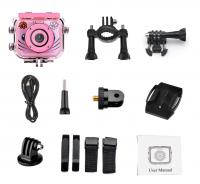

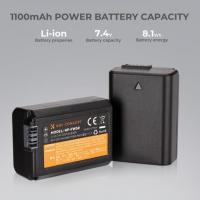
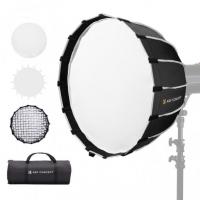



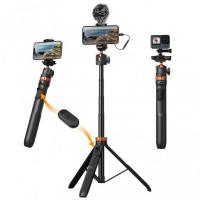


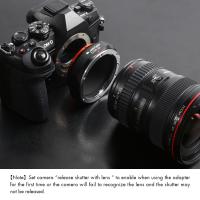
There are no comments for this blog.